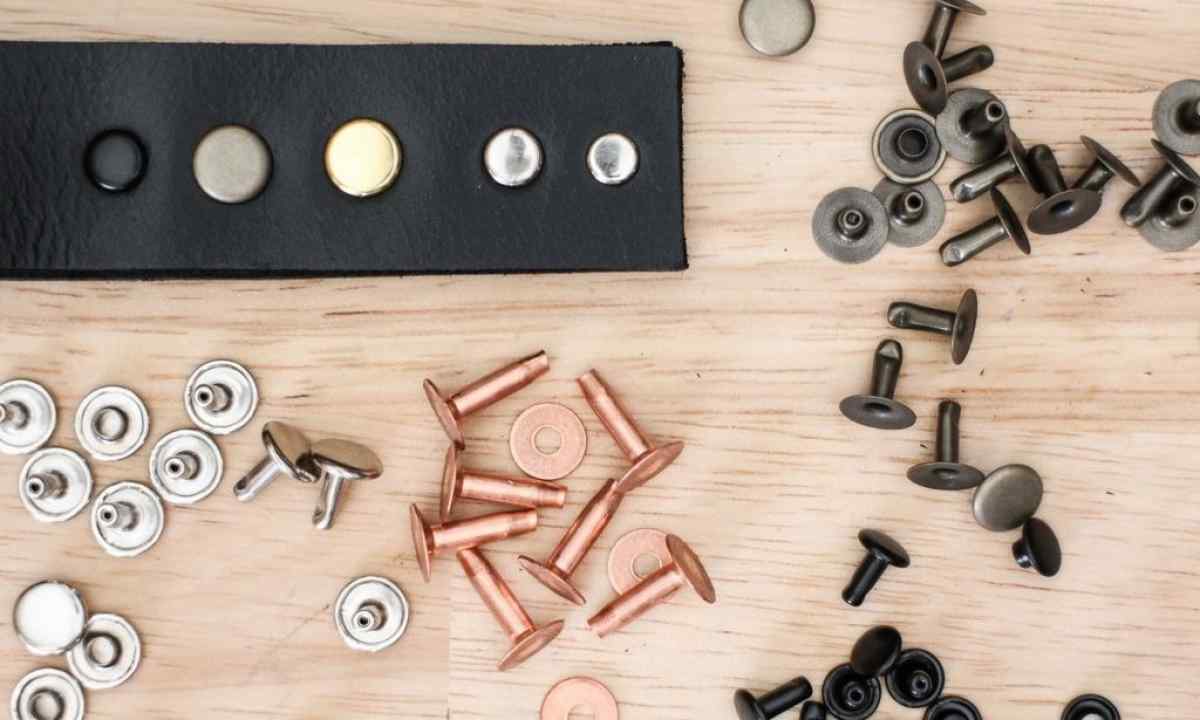During the tailoring and repair of clothes you can have need to put reveting. The fastener in the form of button stud from two parts (top and lower) is convenient in application and serves without wear long enough. However if you never faced this subject of sewing accessories, then be surely well prepared for its installation. Special purpose tools, accuracy and accuracy will be necessary for you for riveting of buttons on fabric. If to make mistake, then it is possible to spoil both reveting, and clothes.
It is required to you
- - Button;
- - edge or needle;
- - special pincers for rivets (or flat-nose pliers and the hammer);
- - piece of soft plastic;
- - scissors;
- - 2 pieces of rubber;
- - professional press punch (at will).
Instruction
1. Find in shop of fabrics and sewing accessories special pincers for clothes rivets. Upon their purchase check complete set: you need the nozzle suitable on diameter to your reveting and nippers with fixer. To put reveting on clothes, it is previously necessary to make opening on cloth. It has to be less, than the basis of sewing accessories. Make crosswise cut fine shaving edge or carefully pierce hole the heated needle.
2. Insert front part of the button into the made opening from above, and its inner side – from below. It is necessary to attach parts of fastener as much as possible accurately that at riveting they were not displaced.
3. Cut out quadrangular figure from soft plastic for the best fixing of parts of rivet. For this purpose the dense cover will be suitable for books and school notebooks. Fold the turned-out rectangle double "book". Now on it it is necessary to make two openings – for the lower and back parts of rivet. Record accessories in "slots", put cloth with the place planned for fastener between this simple adaptation.
4. Put on both parts of the button rubber pieces – for example, cut out from leaky boots, or laying for sanitary engineering. During the work with pincers it is necessary to make heavy effort, and you risk to deform product surface.
5. Clasp rivet with pincers and squeeze against the stop tool handles – you have to hear characteristic click. It is possible to use also make-shifts – normal flat-nose pliers, or the hammer. In this case rubber gaskets will become necessary condition for successful work.

